
Usually there’s an untapped curiosity to understand more about software development. Whether your part of the IT world or not, software development has become the key to growth. On the surface, software development might look like a complicated process that involves a number of programming languages. But there’s more to modern software development than meets the eye.
Today software development revolves around specific steps and phases in order to create flawless computer programs. Most businesses have started to realize that robust software development creates new windows of opportunities.
Let’s look at the importance of software development and its types, process, methodologies, tools, and teams.
Definition of Software Development
Technically, software development refers to the process of building computer programs. The SDLC, Software Development Life Cycle, is a process that involves various phases. These phases serve as methods to build sophisticated products. The trick is to align user requirements with technical specifications.
At its core, software development is a combination of computer-science tasks that allow developers to design, deploy, specify, and support software. Throughout the world, software companies use the SDLC approach to build or improve applications.
Software Development Types
Software development falls under the umbrella of three main groups: system software, application software, and programming software. System software involves key functions like operating systems, hardware management, disk management, etc.
Application software involves management software, security applications, office productivity programs, etc. Programming software comes with programmers’ tools such as compilers, text editors, debuggers, etc.
Read on: Technologies That Will Shape Enterprise Software Development In 2022
Software Development Methodologies
The software development methodology you choose should cater to the design of the software. In fact, the software development design elements should be specific to production. The most common software development methodologies include:
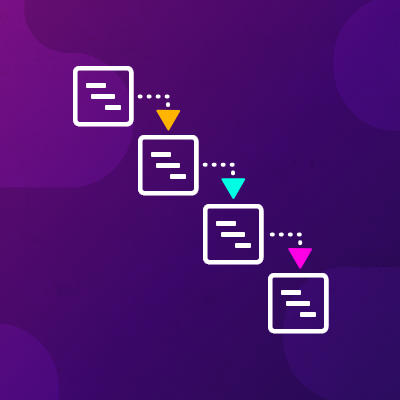
In software development, this methodology serves as a traditional technique. It means multiple groups, with different expertise and background, take care of the entire project phase before jumping to the next phase. Unlike the iterative framework, this method delivers business results in one stage.
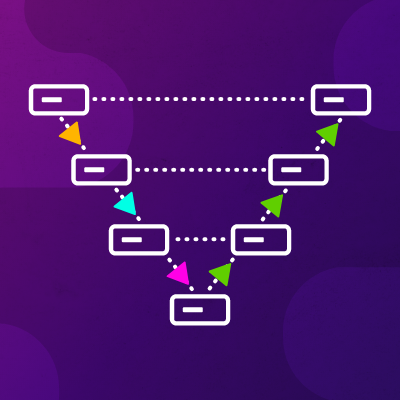
This methodology is more of a waterfall software development extension. It focuses on testing methods and utilizes a V-shaped model to validate and verify numerous processes.
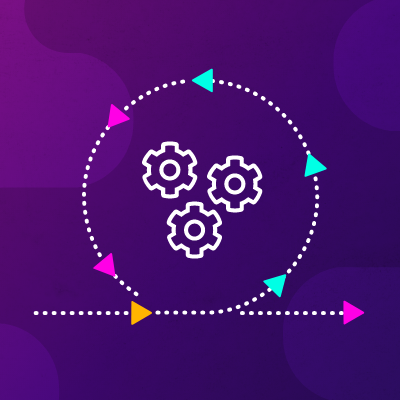
This method requires developers to depend on a cross-functional and collaborative framework. Its key components include evolutionary development, consistent improvement, rapid response mechanism, and adaptive planning.
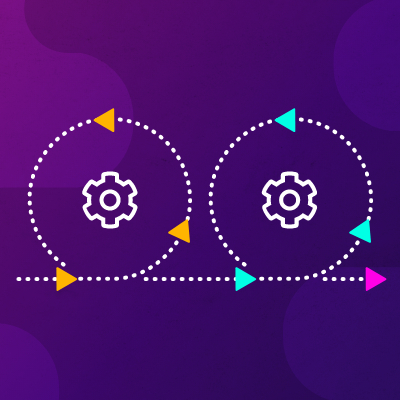
This method of software development revolves around incremental changes in the codes structure. As a result, the SDLC in this method is much shorter than others and usually focuses on dealing with a few aspects of development. It’s more suited to large software development projects.
- Lean Software Development
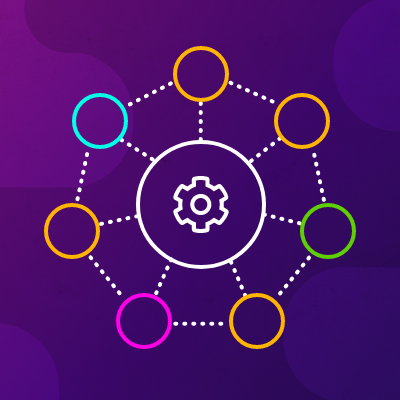
This is a swift software development methodology that uses the practices and tactics of a lean manufacturing environment in order to get quick results. The techniques can include fast delivery, integrated team, broader development approach, amplified learning, and late decision-making.

Spiral, as the name suggests, is a methodology that uses different models to meet the requirements of a software development process. For instance, it can rely on Agile, DevOps, or a Waterfall methodology to undertake different projects. Spiral utilizes a risk-based analytical approach to pinpoint the best options for a specific situation.

This method combines operations and development functions to create a communicative and collaborative framework. The idea is to automate various software development processes and create a dedicated environment that ensures continuous development.
Read on: Kanban Methodology: How Can It Help Your Software Development?
Modern Software Development Tools
Despite the industry, you have to research the tools in order to create a reliable software program. Developers use a variety of tools to build and enhance software capabilities. For instance, Jira is one of the most popular software development tools for agile development processes.
With the advent of software development processes, there are more robust tools than ever. Using outdated and unreliable tools to create a software program is an unadvisable approach. It might discourage talented developers to work on the project.
You can find a wide range of tools that cater to specific programming languages and software development methodologies. You can find free, open-source tools with specific development processes. On the other hand, some tools are part of the integrated suite and appeal to developers.
Many developers prefer to use a kit or package of software tools. When you get tools from the same supplier, it helps you create applications with more simplicity and flexibility. It can include compilers, debuggers, code editors, code testing, management, and deployment frameworks.
Software development tools can be specific to operation systems and hardware. From Azure to HTML5 Builder, there is an ocean of software development tools. A lot depends on what type of software program you want to build.
Software Development Phases
It’s integral to understand the context behind various software development methodologies. Most of the software programs have the foundation of the traditional waterfall or agile development. But the foundation of the top software development methodologies comes down to the agile principles.
For instance, there was a time when Scrum-based agile development was the standard. Today, agile software development tools are more flexible and allow developers to integrate and execute code at any time. Conversely, the waterfall is also a useful predictive methodology.
The Waterfall method is the original SDLC model. It’s a sequential and linear software development that follows specific principles and steps:
Phase 1 | Design
It involves building the code architecture and often the design and analysis phases overlap. However, a comparative approach is ideal to eliminate any flaws in advance.
Phase 2 | Analysis
It involves a thorough analysis of the software in order to establish the key requirements of a project. It’s essential to make the relevant adjustments throughout this process to ensure the functions of the software are correct.
Phase 3 | Development
In this phase, developers initiate the software development process. It means the developers start to create software functionalities and components.
Phase 4 | Testing
Developers evaluate the software program for any potential errors and note down any bugs.
Phase 5 | Implementation
Key stakeholders use and evaluate the developed software to ensure high customer satisfaction and experience.
Phase 6 | Maintenance
A maintenance phase follows once the developed software undergoes all the previous stages without any issues. It involves prompt upgrades and adaption to changes in the future development cycle of the software.
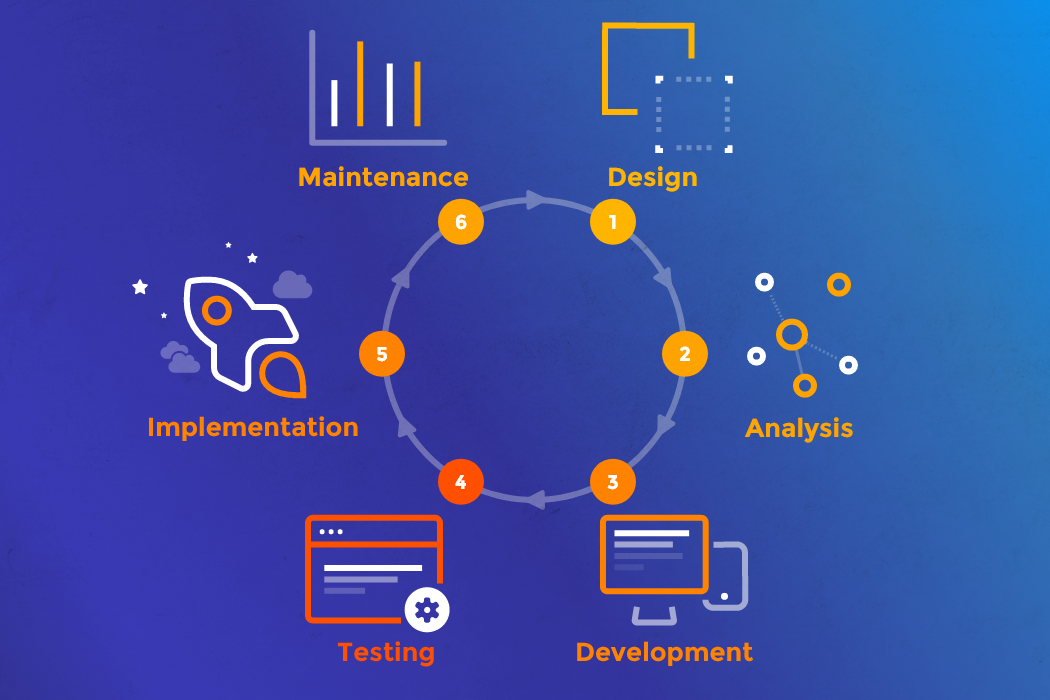
Professional Software Development Team
A professional software development team collaborates with talented individuals with varied skills. The team can include talented individuals with specific roles like scrum master so they can offer much-needed support to the development team.
Pay close attention and you’ll realize that the professional software development teams share more than one attribute:
Each member of a professional software development team should possess great programming skills. It reflects the level of seriousness and dedication to building the best software program. In fact, experienced teams are more innovative and undergo a collective approach to make new adjustments.
The high degree of professionalism leads to a quick performance that allows the team to live up to the changing dynamics of the industry.
- Established Roles and Responsibilities
Another defining trait of a reliable software development team is the openness to understand more about the process. With thorough understanding, it becomes easier for the team to assign specific roles, responsibilities, and duties to specific team members.
Part of the assigned roles and responsibilities depend on the project itself. But commitment is at the center to ensure all team members pull their weight. When the division of work is practical, team members start to enjoy their work and strive for perfection.
- Balanced and Cross-functional Team
Professional and self-reliant software development teams take into account the required skills and roles to finish the digital project. When a team utilizes a balanced approach, the team members can deliver the project prior to the deadline.
- Thorough Understanding of Digital Product
Of course, great minds always take a closer look at the context of a digital product. In fact, experienced and professional software development teams work to achieve the desired needs of the end-user. That means more communication with the stakeholders to understand the personas of the end-users.
Once the team understands the technical needs, it becomes a more practical way to create personalized software. If the same team is working on agile software development, the team members can adjust and adapt throughout the development process.
- High Degree of Flexibility
The team members should have complete freedom to find unique solutions to resolve complex challenges. With more freedom comes more flexibility to make the right decisions. Besides, it’s no secret that professional software development team members have the freedom to choose specific technology and tools to create a software program.
If you’re ready to assemble a software team to execute a software program, prioritize the needs and comfort of your developers. Of course, the key is to establish the method and process of software development that’ll help you garner the most business value.
The leap from the basics of software development to the complex software development process can be overwhelming. In hindsight, if you want to roll out a successful software program, establish the parameters and build a strong foundation from the start.
Do you need an expert software development team to help with your project? Our team at
Rare Crew have years of experience. Feel free to contact us for a free consultation.